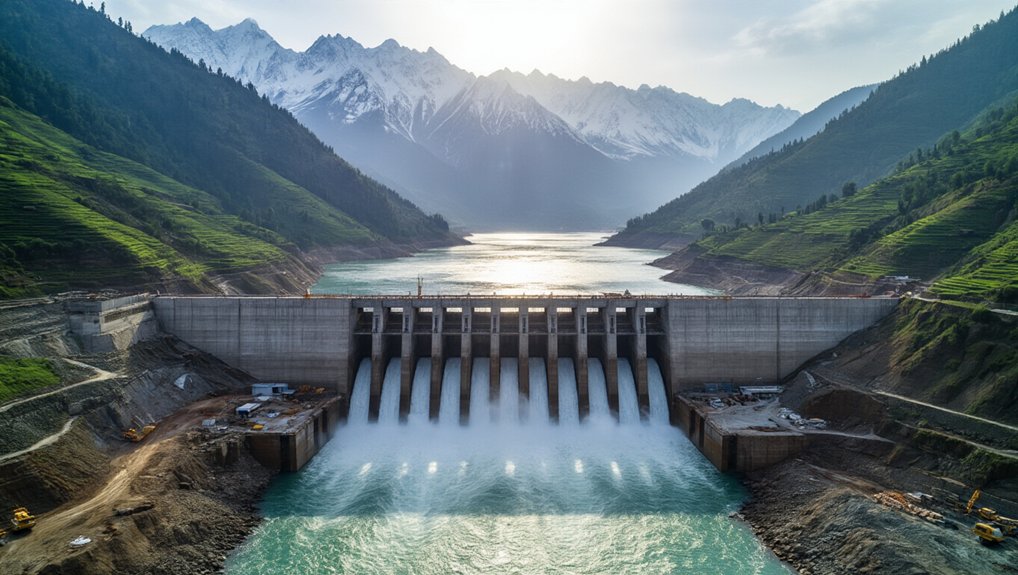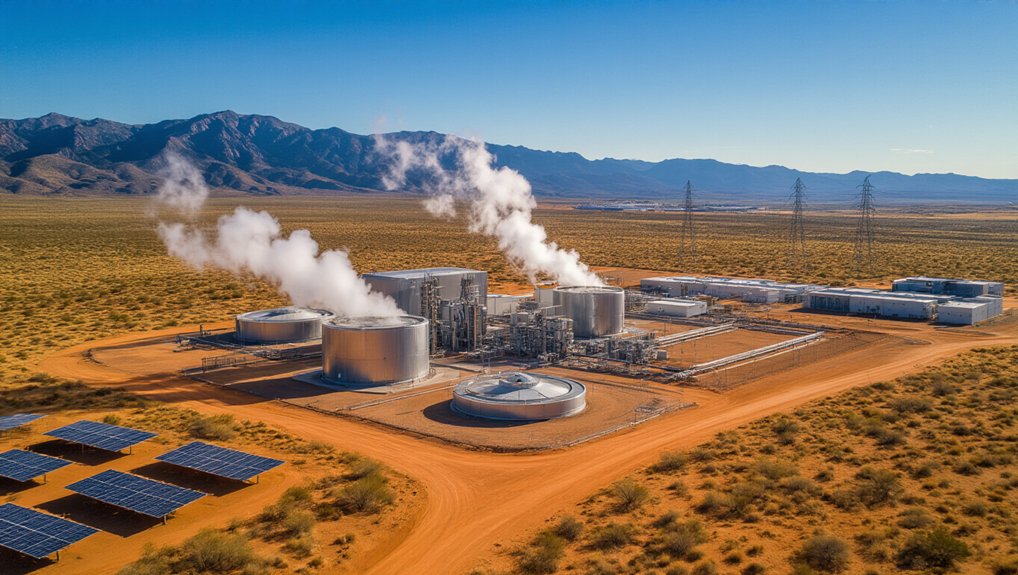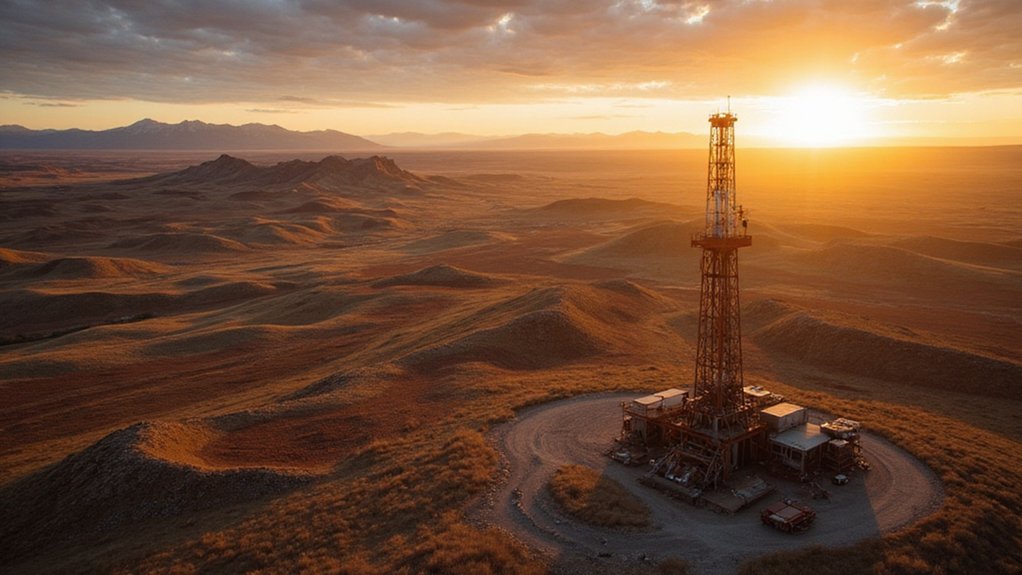When India pulled the plug on the 65-year-old Indus Waters Treaty after a terror attack in Pahalgam, nobody saw it coming. The World Bank-brokered deal had survived wars, coups, and countless diplomatic spats. Now it’s dead in the water. Sort of.
India suspended everything – data sharing, joint oversight, dialogue. The whole nine yards. This pushes the arrangement into a legal grey zone since Article XII says both parties need to agree on changes. Pakistan didn’t agree to squat. They’re scrambling to drag India to the International Court of Justice and the Permanent Court of Arbitration. Good luck with that.
India axed everything while Pakistan scrambles for international courts that probably won’t bite.
Meanwhile, Pakistan’s Punjab is already feeling the squeeze with a 13.3% water shortfall hitting their Kharif crops hard. Spring floods in Pakistan-administered Kashmir? Locals blame unexpected water releases. Millions who depend on Indus water for farming and electricity are staring down potential catastrophe. The humanitarian crisis brewing downstream could get ugly fast.
But here’s where it gets interesting. India’s playing a different game now. All that water previously restricted under the treaty? Fair game. Under the original arrangement, Pakistan had exclusive rights to the Jhelum, Chenab, and Indus rivers while India controlled the eastern tributaries. Jammu & Kashmir is about to become an energy powerhouse, or so the plan goes. Hydroelectric projects that collected dust for years are suddenly moving at breakneck speed. The Chenab, Jhelum, and other rivers are getting the full treatment – new dams, run-of-river schemes, the works. The Indus basin has already lost 23.3% snow cover over the past two years, adding urgency to India’s water management overhaul.
Private investors are throwing money at renewable energy infrastructure like it’s going out of style. Local authorities can barely keep up with permit requests. The state’s chronic power deficits might actually become history. Farmers in J&K are looking at more predictable water supplies for their crops. After decades of watching water flow past to Pakistan, they’re finally getting their share.
Pakistan’s preparing for international legal battles while India’s building dams. The diplomatic confrontation‘s heating up on every platform imaginable. This suspension isn’t just about water rights or energy security. It’s reshaping the entire regional power dynamic. The 65-year-old treaty held through everything until now. Terror attack or not, this changes everything.
References
- https://thediplomat.com/2025/05/indias-indus-waters-treaty-suspension-what-happens-next/
- https://www.ejiltalk.org/the-indus-waters-treaty-in-abeyance-legal-implications-of-indias-unilateral-water-releases-into-pakistan-administered-kashmir/
- https://www.ndtv.com/world-news/pakistan-water-crisis-indus-waters-treaty-india-suspends-indus-river-treaty-for-pahalgam-terror-attack-pak-kharif-crops-8626114
- https://www.wsws.org/en/articles/2025/05/09/fwji-m09.html
- https://www.youtube.com/watch?v=N0XUp6BUn7Y









